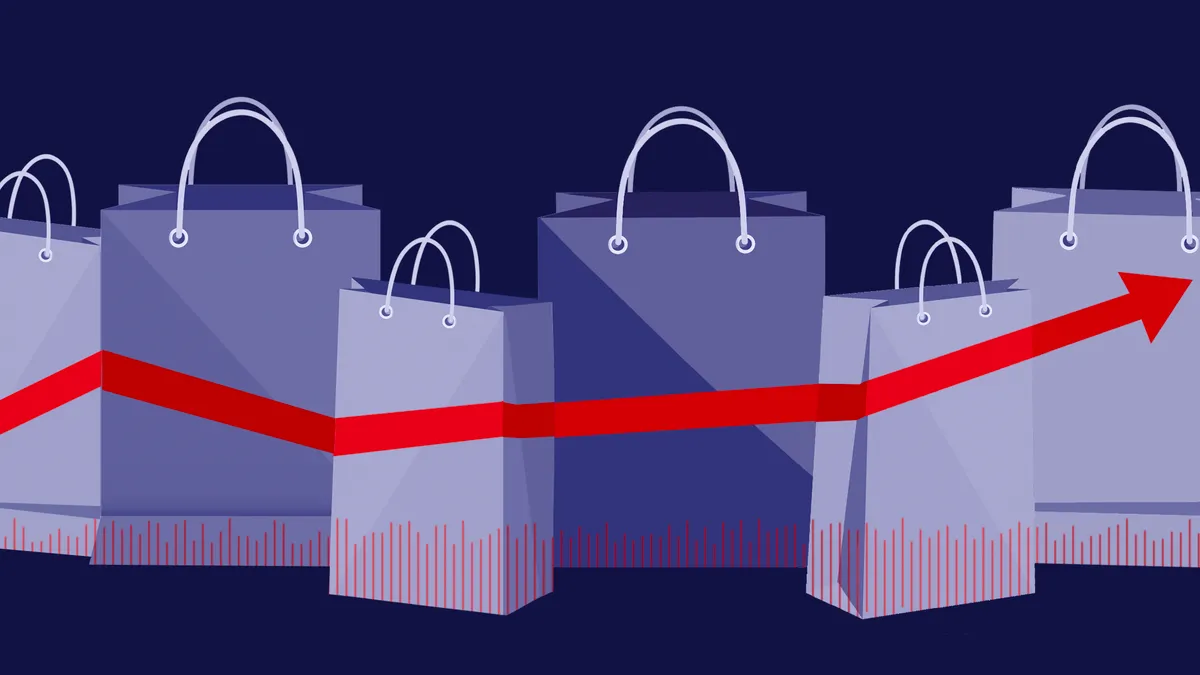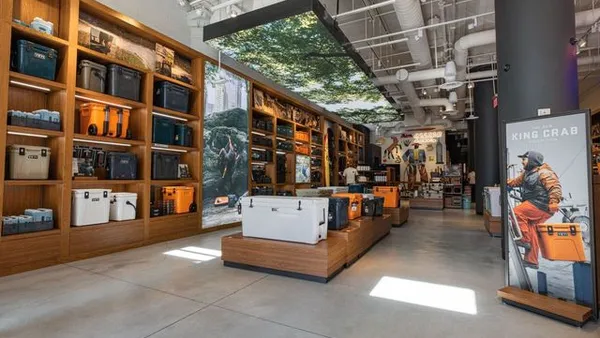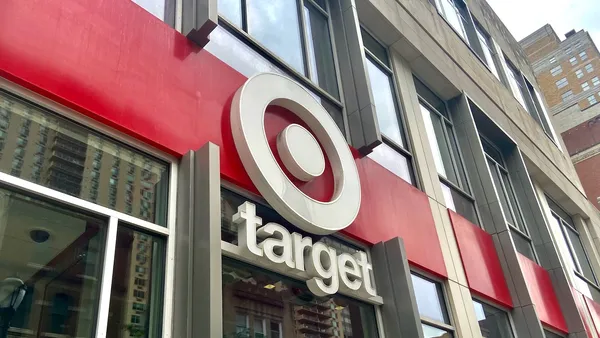Dive Brief:
-
Amazon and six grocery retailers are taking part in a pilot to allow families supported by the federal government’s Supplemental Nutrition Assistance Program to buy groceries online, according to a press release from the U.S. Department of Agriculture.
-
The retailers and the areas their pilots will run include: Amazon (Maryland, New Jersey, New York), FreshDirect (New York), Safeway (Maryland, Oregon, Washington), ShopRite (Maryland, New Jersey, Pennsylvania), Hy-Vee, Inc. (Iowa), Hart's Local Grocers (Rochester, New York) and Dash's Market (Buffalo, New York).
-
The two-year pilot is slated to begin this summer, and is designed to test online SNAP purchasing in a variety of retail types in both urban and rural areas, according to USDA Secretary Tom Vilsack.
Dive Insight:
Notably absent from the list of retailers helping the USDA test out online grocery operations for recipients of government food assistance is Wal-Mart, which is the nation’s largest grocer and has a customer base with lower average annual incomes than most. SNAP monies account for an average 5.8% of sales at participating stores, according to a poll of 6,500 retail locations by the Food Marketing Institute.
In any case, the federal government clearly sees the need to include the growing area of online grocery buying. "Online purchasing is a potential lifeline for SNAP participants living in urban neighborhoods and rural communities where access to healthy food choices can be limited," Vilsack said in a statement.
Online payment presents technical and security challenges that will need to be examined and fully addressed before it's offered nationwide, according to the USDA press release. As with the core program, SNAP participants will only be able to use their benefits to purchase eligible items online – not to pay for service or delivery charges, the agency said.
In the past, the program has sought to widen its reach and improve nutrition through wider participation of farmers markets and stricter rules requiring grocers and retailers to include a wider variety of food and products with higher nutritional value. Part of the proposal includes more than doubling the varieties of meats, dairy products, breads, fruits and vegetables that SNAP retailers must offer, requiring at least six of each. The pressure is mostly on the retailers to pare down prepared meals (which wouldn’t count toward such minimums, but could still be bought with SNAP benefits). Alternatives like shrimp, lamb or tofu would also meet the requirement, but the smaller retailers say those expensive items aren’t sought by their customers.
Retailers cannot accept SNAP if they get more than 15% of sales from hot food, including if there’s a fast-food restaurant under the same roof. It's an attempt, according to the USDA, to ensure that restaurants aren’t privy to the SNAP program. Some stores accepting the stamps don't like those changes very much, but they should find it hard to argue with the enablement of online transactions for SNAP, which should increase their web traffic and overall sales.
The USDA has been working on the infrastructure required for the pilot since the passage of the 2014 Farm Bill, which mandated support for online transaction capabilities for SNAP users.













